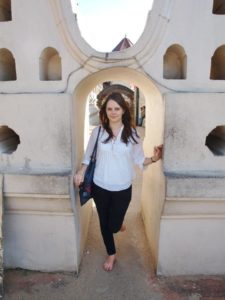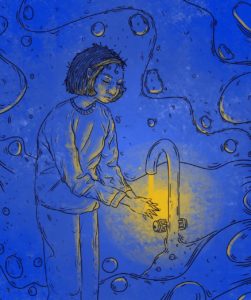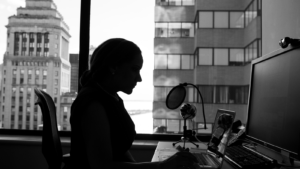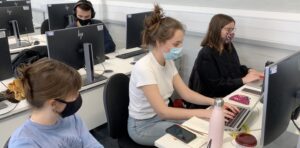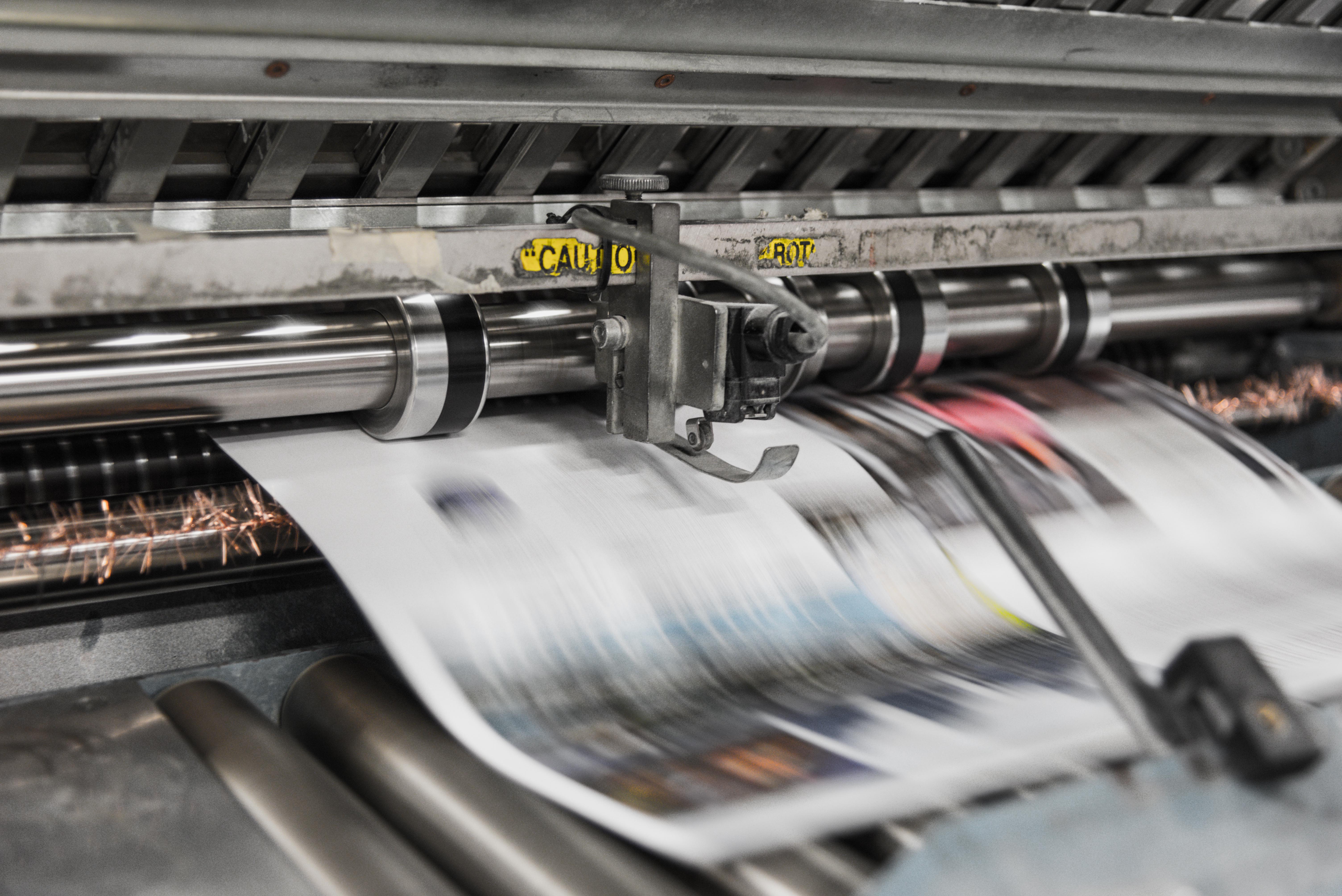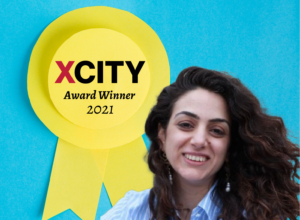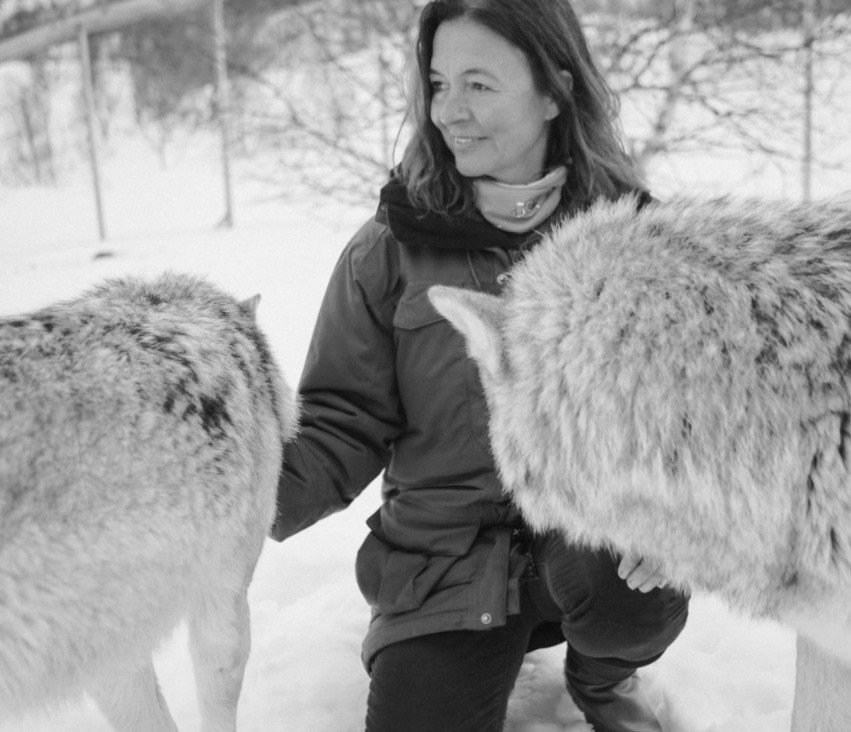
The former travel editor of Porter Magazine and Harper’s Bazaar on the changing world of journalism and the art of a travel piece.
As a young woman in Rome, Catherine Fairweather wrote a piece about living in the Villa Wolkonsky, the official residence of the British Ambassador to Italy, a post her dad held at the time. The house was requisitioned by the Germans during the war, and had busts of Hitler and Mussolini in the basement. Unsurprisingly, she says it was “a really interesting place to live”. On the back of that piece, she started to write about people’s houses and lives for Tatler and House & Garden.
Fairweather’s current residence isn’t quite as grand as Villa Wolkonsky, but it is lovely nevertheless. Tucked away down-winding country roads on the outskirts of a small village in Somerset, the front of the stone house looks out over an expanse of garden and fields. As she leads me to a sofa by a window, Fairweather jokes that the inside is shaped like a railway carriage. The conjoined kitchen and living room are just narrow and oblong enough to make the space feel ever so slightly like it could be in motion, but shelves crammed with books and dusky red and orange coloured furniture, including a rug she tells me she’s just picked up on her travels, indicate a comfortably settled family life.
To a millennial starting out, elements of the journalism industry Fairweather describes are almost unfathomable. At the beginning of her career, for example, when she lived and worked in Rome, she wrote articles long-hand and then dictated them down the phone to Tatler or House & Garden’s central offices. This was brilliant training, because “you are forced to really get the cadence of the spoken word”. She mentions A.A. Gill, who famously dictated his articles, as an example of a writer whose sentences were “easy to digest and understand, and clear and original”.
As a result of working for House & Garden, she was recommended for the position of travel editor at Harper’s Bazaar. She got the job and moved back to England. When she started, the role only required two days a week. Fairweather set about starting various supplements and expanding the magazine’s travel offering, so it became a full time “dream job”.
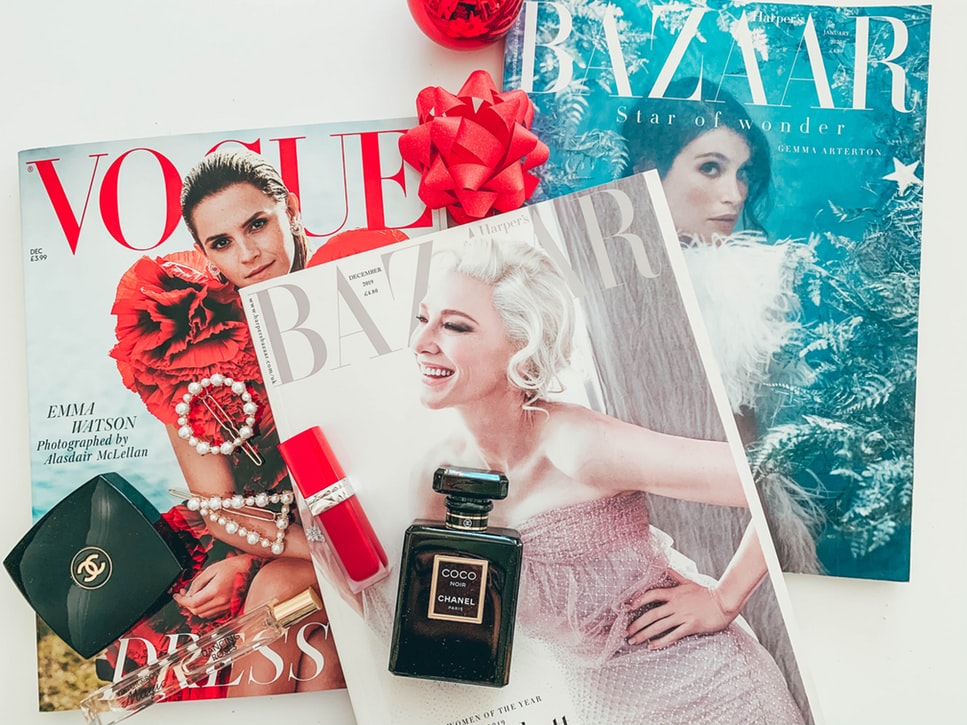
As she recounts the details of her career, Fairweather kicks off her heeled clogs and curls up on the sofa. Bright, charismatic and straight talking, with a relaxed confidence, she is wearing a long skirt and a thin, soft-looking jumper that slightly falls off one tanned shoulder. Sunlight spilling in through the windows hits the large ring set with a purple stone on her middle finger, making it glow.
Before the internet, journalists had no choice but to get out and find original stories, and she thinks this made the writing fresher. She also has fond memories of office dynamics in the pre-online era: “In those days everyone from the lowliest assistant to the highest editor used to have a big brainstorm two or three times a week. The 21-year-old would have a view of something, and so would the 55-year-old. It was really creative and fun, that big family thing of working with a lot of different age groups.” Now, she says, “people have got busier and are glued more to their screens”. She stresses the importance of getting out from behind computers to meet people and find original, interesting stories.
Listening to her descriptions of the old days, I understand her nostalgia. She’s not sentimental though. When I ask whether she thinks there are less opportunities to write now, that idea gets short shrift: “There are a million online platforms, so if you want to practice writing you’ve got a million places to do it.”
Fairweather is also optimistic about how the young view gender. Watching her 17-year-old son interact with his friends, she’s been struck by how little judgement they display of the ways girls dress: “In my day, if you wore short skirts you’d be taken as a kind of tart, but if you tried to be more serious you’d be derided for taking yourself too seriously. So you could never really balance being an intelligent, functional and attractive woman.”
When it comes to writing her pieces, she grafts hard and is meticulous. On trips, she is always scribbling in diaries, and also makes audio notes. As she transcribes these back at home, ideas begin to present themselves, and she makes mini headings of themes that seem to be recurring: “I think of it as a process of making a jigsaw puzzle, or weaving a tapestry.”
Stitching sentences together in creative, original ways is never easy: “It’s blood, sweat and tears. Twenty-five years after I started it’s still always difficult.” Clichés must be avoided at all cost, particularly that most overused ending to a travel piece, that the writer can’t wait to go back. Getting under the skin of a place, conjuring up a mood and turning preconceptions on their head are all essentials.
Fairweather wonders whether the young are taught to write properly. Journalists need the strict framework of the building blocks of sentence structure and grammar, and she says she would see people who had done degrees and didn’t have the basics nailed down.
But then again, she notes: “I do get unbelievably good writers to come in and work for me, and sometimes it’s just a question of them having to get used to the style.” As an exercise, she would challenge assistants to turn some information about a place into a 200-word paragraph that feels original. This was a good test, she says, because while in 2,000 words writers can bury clichés, in short bits every word has to pull its weight. Being edited, she stresses, must be seen as “very helpful, not something that’s insulting”.
Beyond writing, her advice to journalists now is to hone other skills, particularly audio and visuals. “If you haven’t got an eye, you shouldn’t be in magazines, because you have to be able to see the story visually.” She recommends fleshing out travel pitches by attaching pictures and even a short video of the place. Destinations that have been done to death, like Barcelona or Paris, should be avoided unless the journalist has a particularly original angle or someone has given them the inside track.
Her own approach to a travel piece is to construct them around one overarching theme. When we meet, she has just got back from São Tomé and Príncipe, islands off the west coast of Africa, and when she tries to piece together her observations, what keeps striking her is that “although these islands have a horrible history of slavery, there’s a sense of people wanting to look to the future. There’s very little crime ‒ people leave their doors open and are ticketed for swearing in the street. So that’s my theme. I’m not going to focus on the dark history, but on the way people are looking forward.”
Another recent travel to the Arctic involved being marooned in a tiny cabin with her husband, photographer Don McCullin. They were completely disconnected, with no Wi-Fi and 24 hours of sunlight a day. She likes travelling with Don, and she likes travelling without him. Their different styles complement each other; she can’t sit still, while he is content to sit and fish or watch the incremental movements of a sunrise for hours. Her son used to be her dream travelling companion, but is now “a bloody grumpy teenager”.
Apart from to have fun with friends, we travel, she says, to create headspace, and for time to become more elastic. And while some publications inform readers about topics of concern, often picking up a magazine is simply a pleasant way to read about something completely random. “I think people often forget the element of fun, that the writing is there to entertain. I think you should never ever forget that if you’re a magazine journalist.”
Want more? Check out some of XCityPlus’s latest content here.

